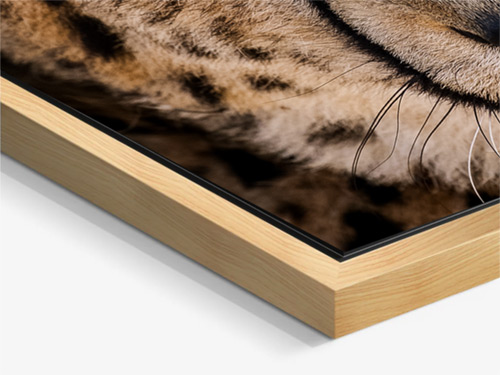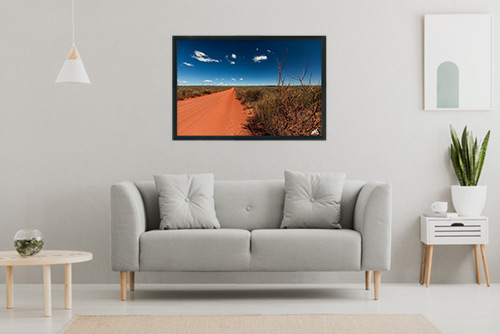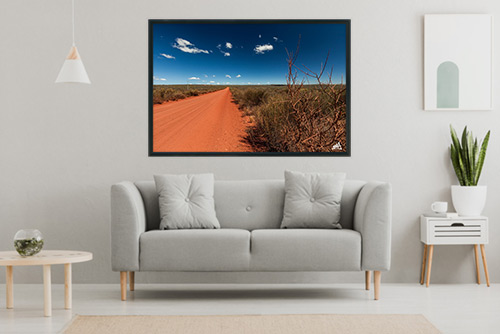
In the middle of the dry and barren expanses of the Namib Desert lies the foundations of a once flamboyant city. On the soft curves of the dunes emerges the remains of the city of Kolmanskop, a ghost town once the diamond capital of the world.
Today, it seems difficult to imagine that these dilapidated barracks housed one of the most prosperous communities in the world. By settling a few kilometers from Lüderitz at the beginning of the last century, the first inhabitant of Kolmanskop did not suspect the wealth that lay under their feet … literally! Indeed, you just had to bend down to pick up the diamonds by hand, lying right on the ground. This is what happened on April 8, 1908, to Zacharias Lewala.
Before the diamond fever, Kolmanskop was an insignificant little town. So insignificant that the origin of his name came from a simple transporter -Johnny Coleman- who, during a sandstorm, abandoned his ox wagon on the neighboring dune. But everything changes the day Zacharias Lewala discovers, for the first time, the famous gemstone. Convinced that this “may well be a diamond,” he shows it to his supervisor, German rail inspector August Stauch, who hastened to have the “pebble” appraised. Lewala was right, it was indeed a diamond. The news soon spread like a trainee of powder, pushing hundreds of prospectors to converge towards Kolmanskop.
The town then developed rapidly, becoming a hotspot for this diamond rush. Large and elegant houses were built with an impressive array of amenities: a gym, a casino, a hospital hosting the first X-ray station in the southern hemisphere, an ice factory and even a venue where the biggest European operas were performing.
“Thousands of people flocked in and the economy of the city simply exploded. The legend says you could find diamonds even at night, thanks to the moonlight “confesses Daniella, one of the managers of the Kolmanskop site.” There was a pool, she continues. You can not expect a pool in the middle of the desert. I even think that they imported some champagne from France”. The height of luxury, the council of the city set up a team of sweepers who cleared the streets from sand on a daily basis.
Yet in the 1930s, the wealth of the city was already largely undermined. When even larger deposits were found 270 km south of the border between Namibia and South Africa, many miners decided to lift the camp. Diamond production in Kolmanskop, which had reached its peak in the early 1920s, declined until it was finally stopped in 1954. The last families left the city in 1956: on that day, the small German enclave was definitely left as a prey to the hungry desert.
Today, the Kolmanskop site is located in the heart of a protected area controlled by Namdeb Diamond Corporation, a company owned by De Beers – one of the largest diamond conglomerate in South Africa – and the Namibian government. But with the right permit, people are welcome to visit it. The ghost town is considered one of the most unusual and picturesque touristic sites in the world.The ultimate destination for photographers: Sometimes, once filled with their own emptiness, they come to reveal an irresistible poetry, and this poetry, the photographer seizes it, even sublime it.
A visit to Kolmanskop offers a mysterious experience, a vision of the power of the elements and the ephemeral dimension of life. Like a strange reminder of a moment in time. Unlike sites such as Machu-Picchu or the Pyramids of Giza, Kolmanskop testifies to the power of Nature.
The one that evolves tirelessly while great civilizations extinguish.
The one that offers, the one that takes back.
The one that imposes its time.
The one that slips into all spaces and absorbs brick, steel, and plaster as taking back its rights fiercely.
A harmony to find back, on the vestiges of the past …
You can find the publication of this article here.










